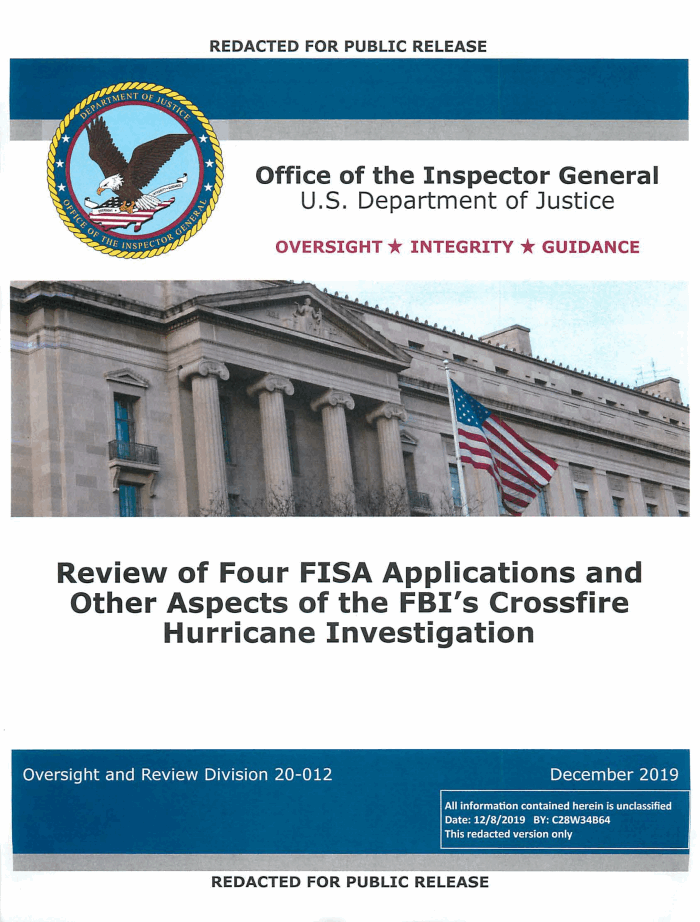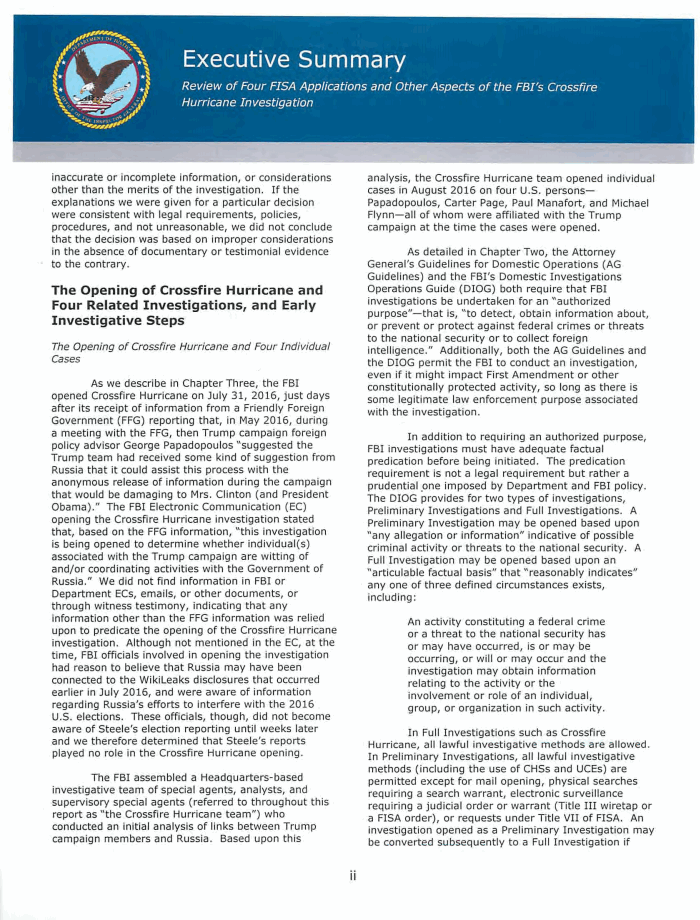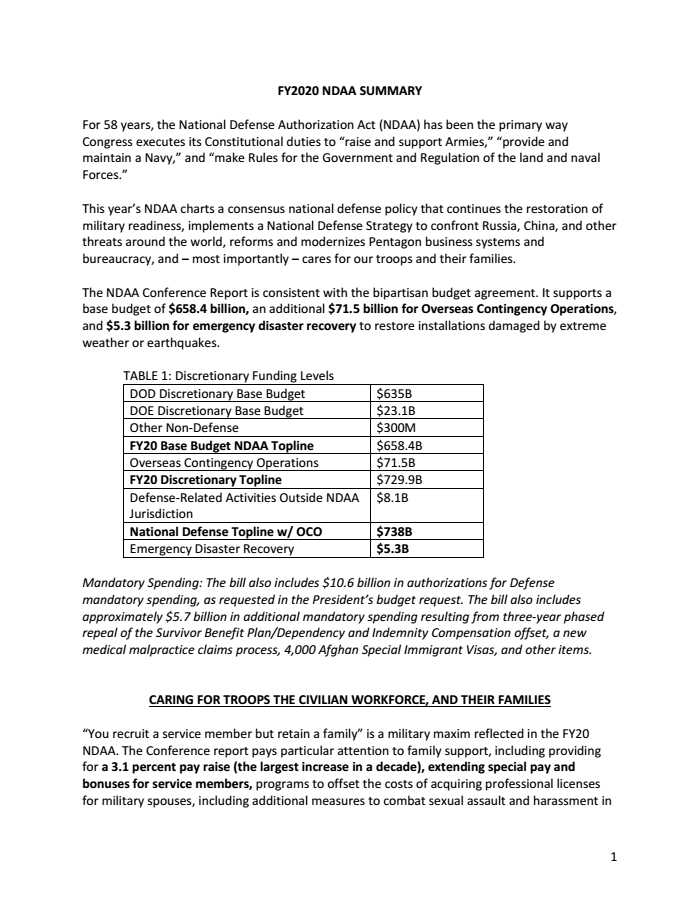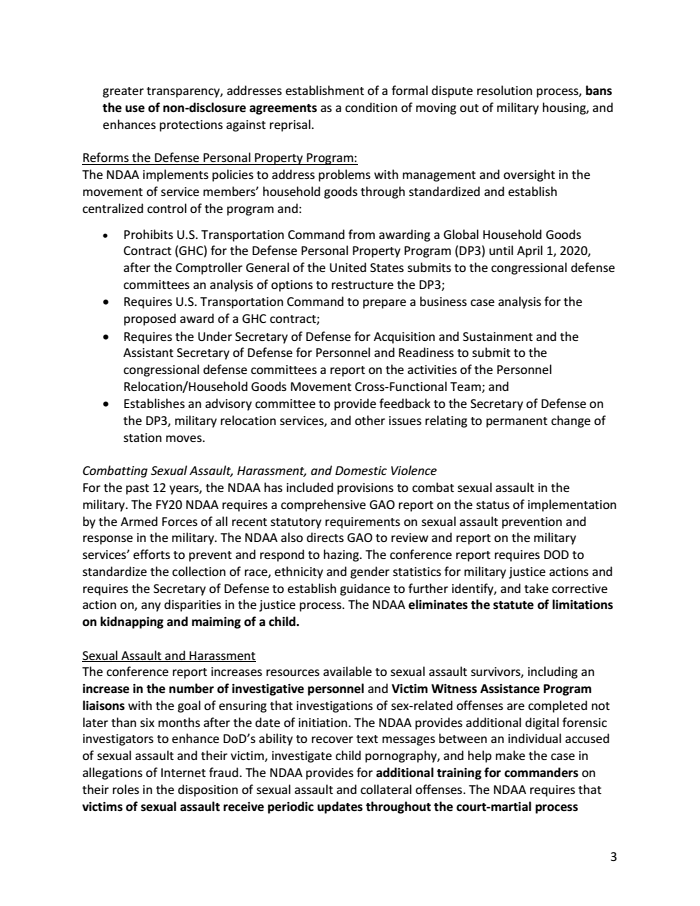ALL THE NEWS THAT FITS --- LAWFARE BLOG

First Amendment
What’s in a Name? Quite a Bit, If You’re Talking About Section 230
Jeff Kosseff Thu, Dec 19, 2019, 1
As Congress decides whether to change the legal underpinnings of the internet, we need a better understanding of why it passed Section 230 of the Communications Decency Act in the first place.
Social Media
Is Run Out of Cyprus by Russians
Lisa Kaplan Wed, Dec 18, 2019
What the heck is TheSoul Publishing, and how did it get tens of of millions of followers on YouTube and Facebook? And what is it doing with them?
Jacob Schulz Wed, Dec 11, 2019, 11:30 AM
A judge in the U.S. District Court for the Western District of Texas ruled that President Donald Trump's border wall emergency proclamation, which gave the administration the ability to use funding for other activities to pay for construction of the border wall, was unlawful. The ruling also permanently enjoined the heads of the Department of Defense, the Department of Homeland Security, the Department of the Interior and the Treasury Department from using emergency construction funds for the wall other than those appropriated by Congress in the 2019 Consolidated Appropriations Act.
INTERNATIONAL CRIMINAL COURT (ICC)
Gordon Ahl Fri, Dec 20, 2019, 10:22 AM
The Office of the Attorney General for the state of Israel released a detailed memorandum to explain why the International Criminal Court (ICC) has no jurisdiction over Palestine. The memo argues that Palestine has failed to meet the necessary precondition of possessing criminal jurisdiction over its territory since a sovereign Palestinian state does not exist at this time. The memo is available here and below.
-
Gordon Ahl Tue, Dec 10, 2019, 3:08 PM
Members of the House and Senate conference committee on the fiscal year 2020 National Defense Authorization Act (NDAA) have agreed on a final version of the bill. The summary and bill are available below.
Summary of NDAA for FY 2020
-
-
Mikhaila Fogel Mon, Dec 9, 2019, 2:03 PM
On Monday, the Department of Justice Office of the Inspector General released a report on its review of the four FISA applications and other aspects of the FBI's Crossfire Hurricane Investigation, which explored any possible coordination or connection between the Trump campaign and Russian efforts to interfere with the 2016 election. The document is available here and below.
-
Mikhaila Fogel Thu, Dec 12, 2019, 3:32 PM
The Office of Management and Budget has released a memo defending the legality of its decision to withhold military aid to Ukraine–about which questions have been raised in connection with the impeachment inquiry. The memo is available here and below.





















